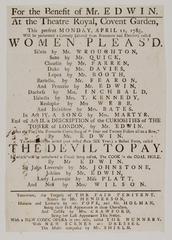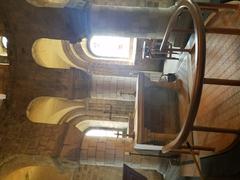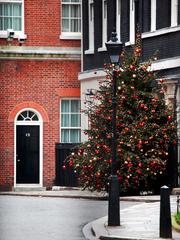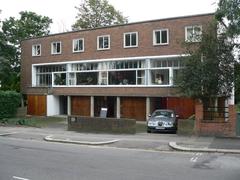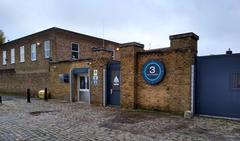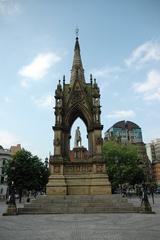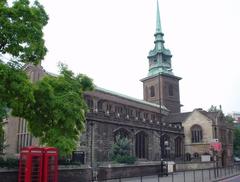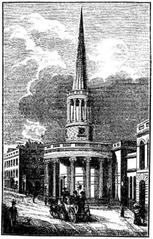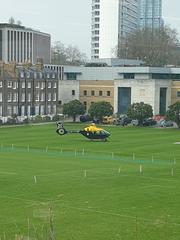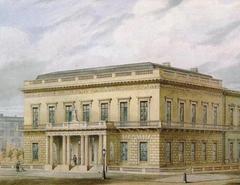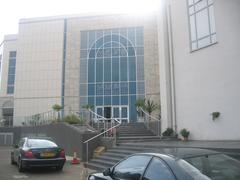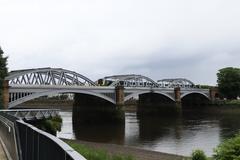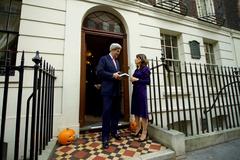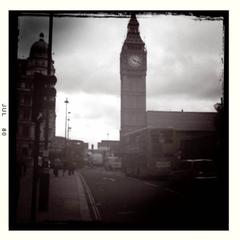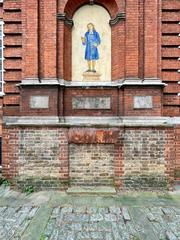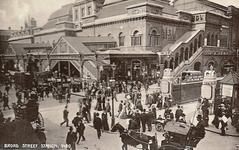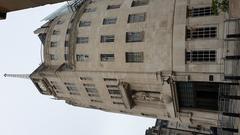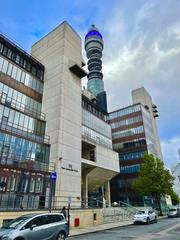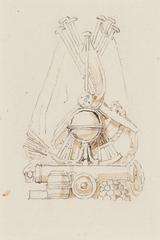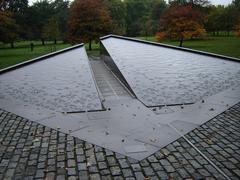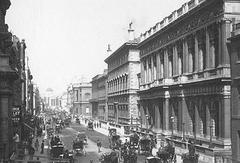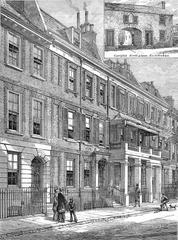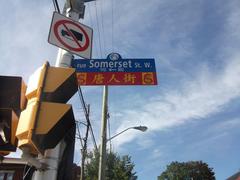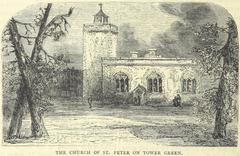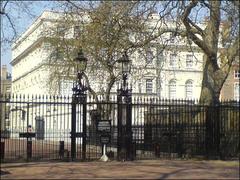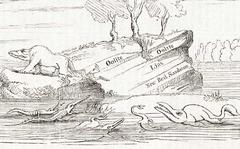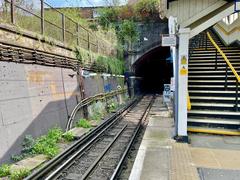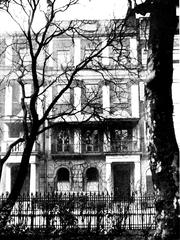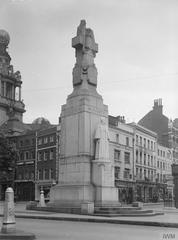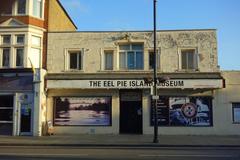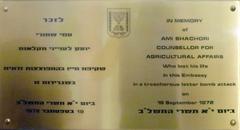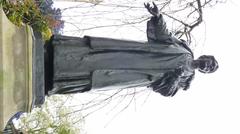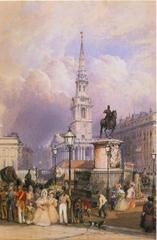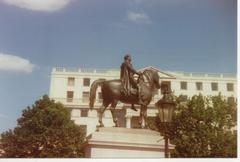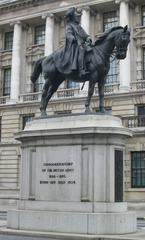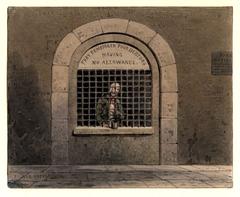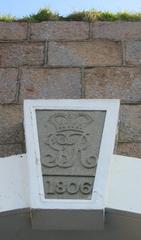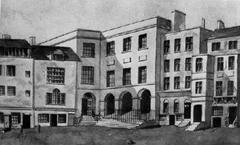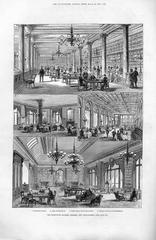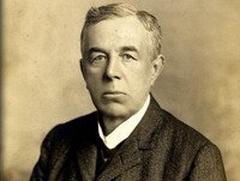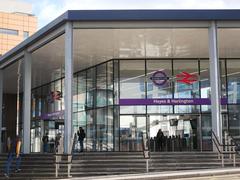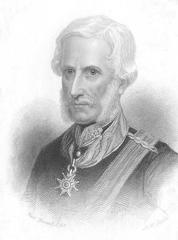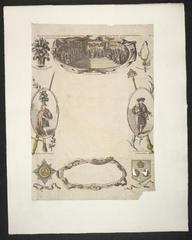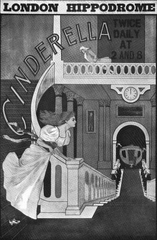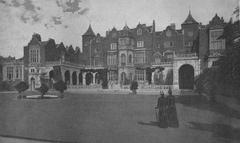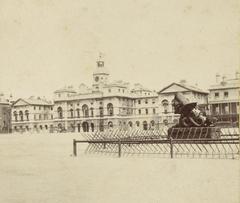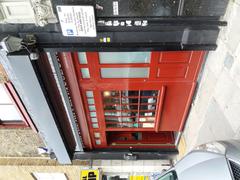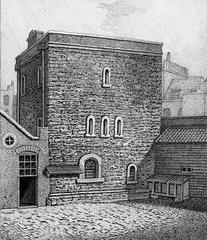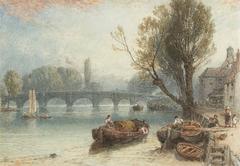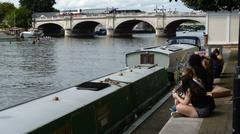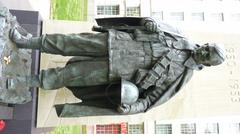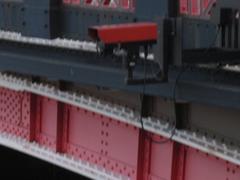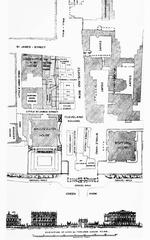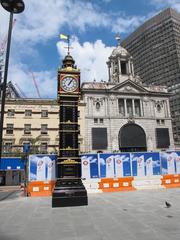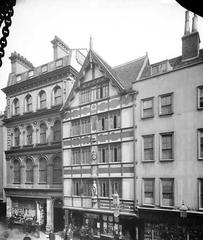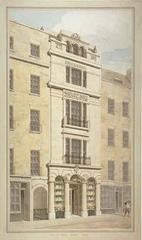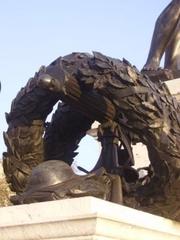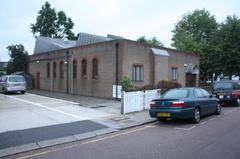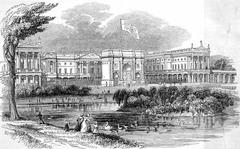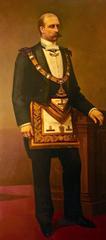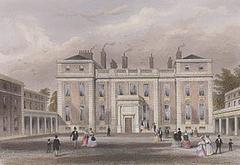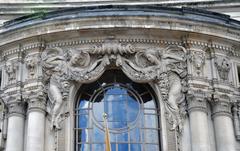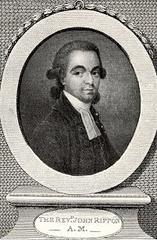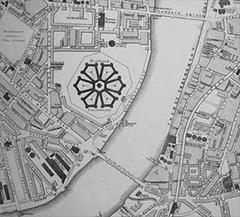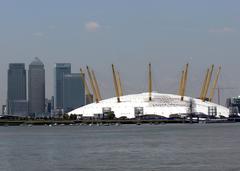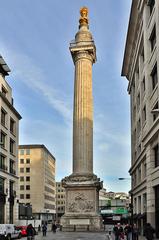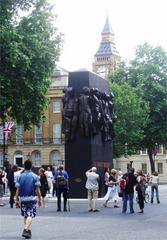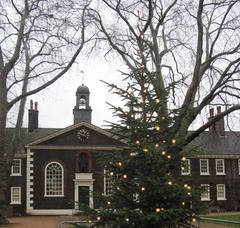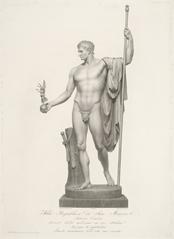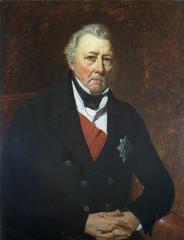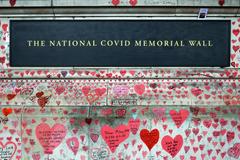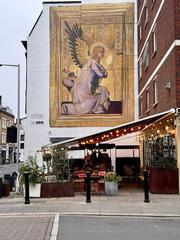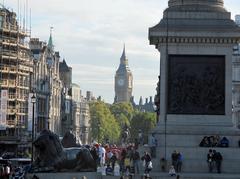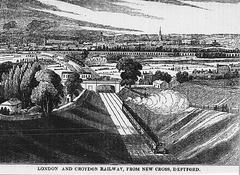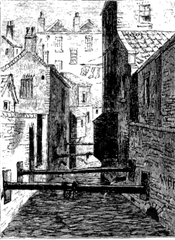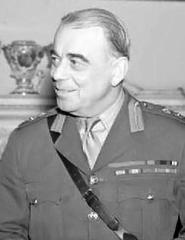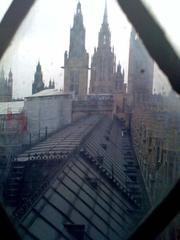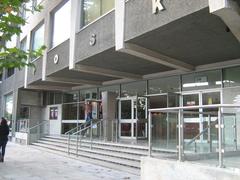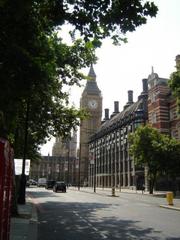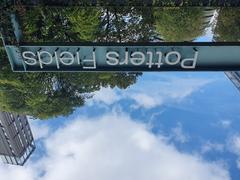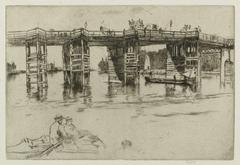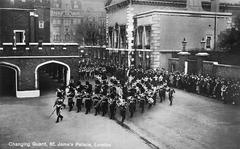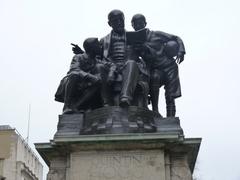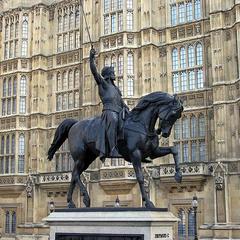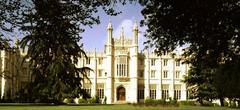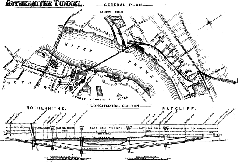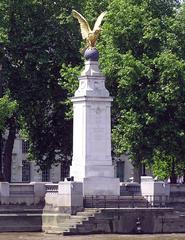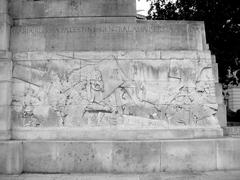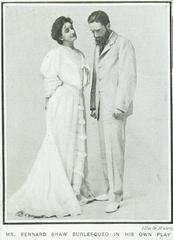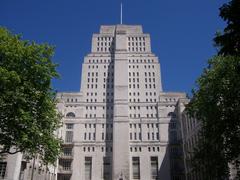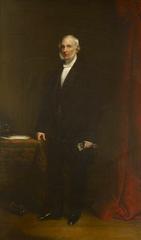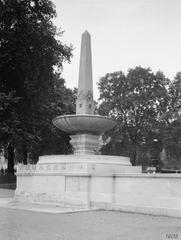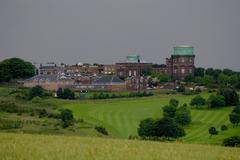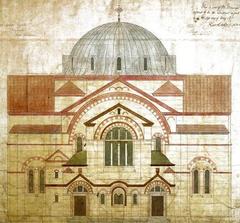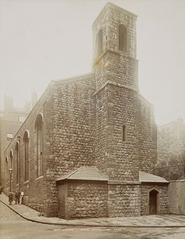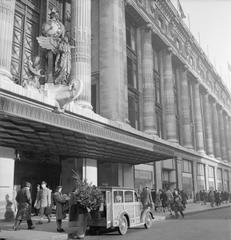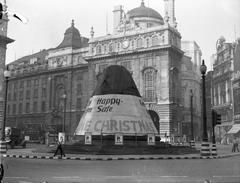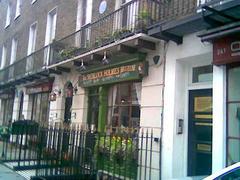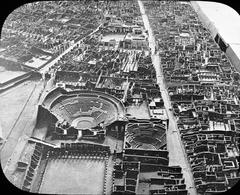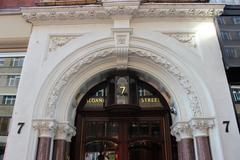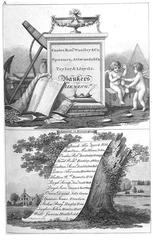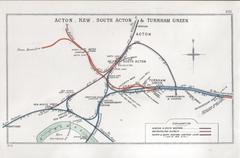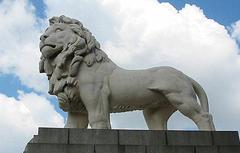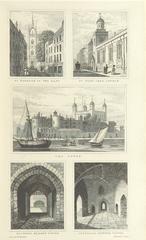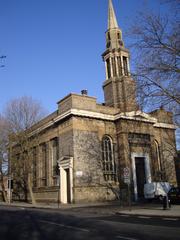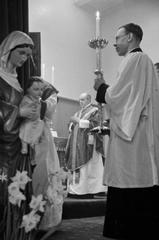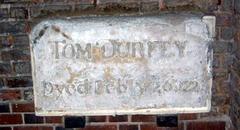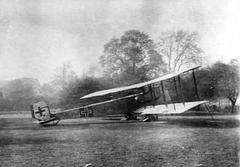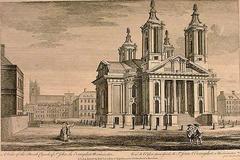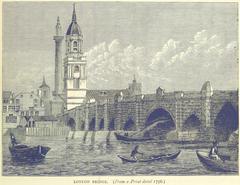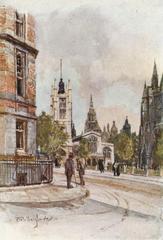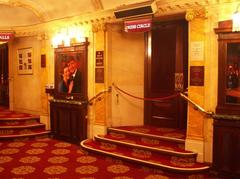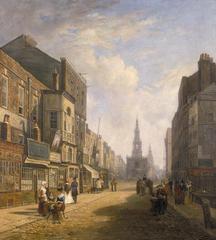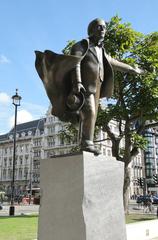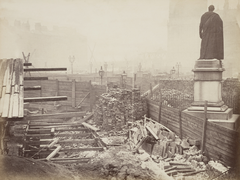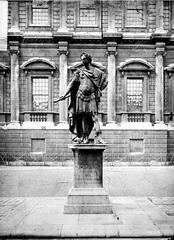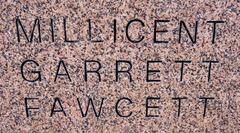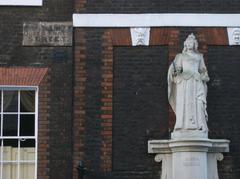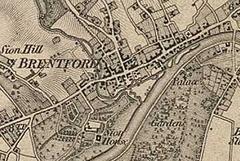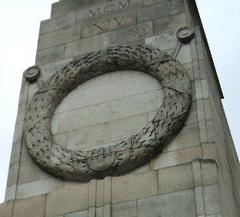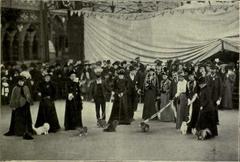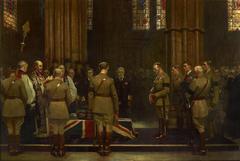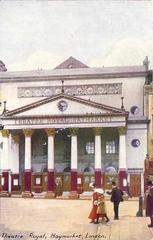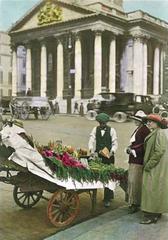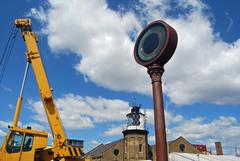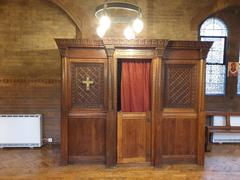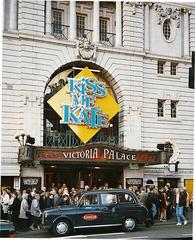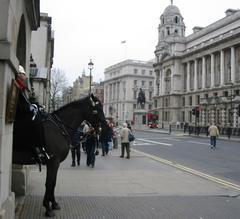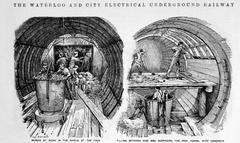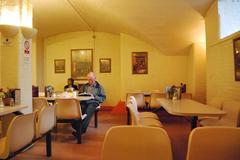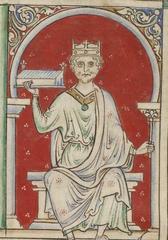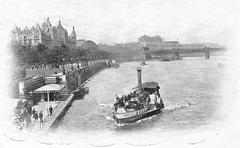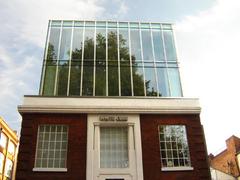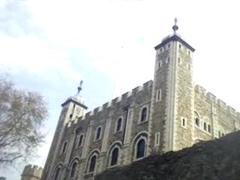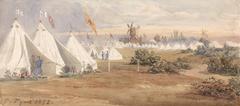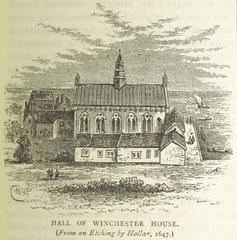
Visiting Hours, Tickets, and Historical Sites: Comprehensive Guide to Visiting the Tower of London
Date: 16/07/2024
Introduction
The Tower of London stands as one of the most iconic and historically significant landmarks in the United Kingdom. Situated on the north bank of the River Thames in central London, this impressive fortress has been a symbol of power, authority, and intrigue for nearly a millennium. Founded by William the Conqueror in 1066 during the Norman Conquest of England, the Tower has served variously as a royal residence, a treasury, a prison, and even a zoo (Historic Royal Palaces). Its central keep, the White Tower, was completed around 1100 and remains one of the oldest buildings in London, a testament to the enduring legacy of Norman architecture and military engineering (English Heritage).
Throughout its storied history, the Tower of London has witnessed some of the most dramatic events in British history. It has been the site of royal intrigue, political conspiracies, and public executions, including the famous imprisonment and execution of Anne Boleyn, the second wife of King Henry VIII (BBC History). The Tower’s role as the home of the Crown Jewels further underscores its importance, housing some of the most precious artifacts of the British monarchy since the 14th century (Royal Collection Trust).
Today, the Tower of London is a major tourist attraction and a UNESCO World Heritage Site, drawing millions of visitors each year who come to explore its rich history and cultural significance (UNESCO). Managed by Historic Royal Palaces, the Tower offers a range of educational programs and tours, including the popular Yeoman Warder tours led by the Beefeaters, who have been guarding the Tower since the 15th century (Historic Royal Palaces). This comprehensive guide will provide you with all the information you need to make the most of your visit, from historical insights and must-see attractions to practical tips on tickets, accessibility, and nearby sites.
Table of Contents
History of the Tower of London
Early Foundations and Norman Conquest
The Tower of London, officially known as Her Majesty’s Royal Palace and Fortress of the Tower of London, has a storied history that dates back to the Norman Conquest of England. The White Tower, the central keep, was commissioned by William the Conqueror in 1078. This formidable structure was designed to assert Norman power and to protect against potential uprisings from the conquered Anglo-Saxons. The White Tower’s construction was completed around 1100, making it one of the oldest buildings in London (Historic Royal Palaces).
Medieval Expansion and Royal Residence
Throughout the medieval period, the Tower of London was expanded significantly. King Richard the Lionheart added a moat and outer walls in the late 12th century. His successor, King Henry III, further fortified the Tower, transforming it into a grand royal residence. By the 13th century, the Tower had become a symbol of royal authority and a secure place for the monarchy to reside during times of unrest (English Heritage).
The Tower as a Prison
The Tower of London is perhaps most infamous for its role as a prison. From the 12th century onwards, it housed a variety of high-profile prisoners, including royalty, nobles, and even religious figures. One of the earliest notable prisoners was Ranulf Flambard, Bishop of Durham, who was imprisoned in 1100 but managed to escape. The Tower’s reputation as a place of imprisonment and execution was solidified during the Tudor period. Anne Boleyn, the second wife of King Henry VIII, was famously imprisoned and executed here in 1536 (BBC History).
The Tudor Era and Beyond
The Tudor era saw the Tower of London become a focal point for political intrigue and power struggles. During the reign of Queen Elizabeth I, the Tower was used to imprison Catholic conspirators, including the infamous Gunpowder Plotters in 1605. The Tower’s role as a prison continued into the 17th century, with notable prisoners such as Guy Fawkes and Sir Walter Raleigh (Historic UK).
The Crown Jewels
One of the Tower’s most significant roles is as the home of the Crown Jewels. The collection includes some of the most famous and valuable items in the British monarchy, such as the Imperial State Crown and the Sovereign’s Sceptre. The Crown Jewels have been housed at the Tower since the 14th century, and they remain a major attraction for visitors today (Royal Collection Trust).
The Tower During the World Wars
The Tower of London played a role during both World Wars. During World War I, it was used to imprison and execute spies. Eleven German spies were executed at the Tower between 1914 and 1916. In World War II, the Tower was again used for executions, with the last person executed being Josef Jakobs, a German spy, in 1941 (Imperial War Museums).
Modern Era and Preservation
In the modern era, the Tower of London has transitioned from a symbol of royal power and a place of imprisonment to a major tourist attraction and a UNESCO World Heritage Site. Efforts to preserve and restore the Tower began in the 19th century, and today it is managed by Historic Royal Palaces, an independent charity. The Tower attracts millions of visitors each year, who come to explore its rich history and view the Crown Jewels (UNESCO).
The Yeoman Warders and Ravens
The Yeoman Warders, commonly known as Beefeaters, have been guarding the Tower since the 15th century. They are responsible for the security of the Crown Jewels and the safety of the Tower’s visitors. The tradition of keeping ravens at the Tower dates back to the reign of King Charles II. Legend has it that if the ravens ever leave the Tower, the kingdom will fall. Today, the ravens are cared for by the Ravenmaster, and their presence continues to be a popular attraction (Historic Royal Palaces).
Visitor Information
Visiting Hours and Tickets
- Visiting Hours: The Tower of London is open from 9:00 AM to 5:30 PM (hours may vary seasonally).
- Tickets: Tickets can be purchased online or at the entrance. Adult tickets are £29.90, children (ages 5-15) £14.90, and family tickets are available. For the latest pricing, visit the official website.
Travel Tips
- Best Time to Visit: Early mornings or weekdays to avoid crowds.
- Transportation: Easily accessible via the London Underground, bus services, and riverboats. The nearest tube station is Tower Hill.
Nearby Attractions
- Tower Bridge: An iconic symbol of London, just a short walk away. The Tower Bridge Exhibition offers stunning views and insights into the bridge’s history.
- St. Katharine Docks: A scenic marina with dining and shopping options.
Accessibility
- Facilities: The Tower is wheelchair accessible, with ramps and elevators available. For detailed accessibility information, visit the Tower of London accessibility page.
Conclusion
The Tower of London stands as a testament to the rich and complex history of England. From its origins as a Norman fortress to its role as a royal palace, prison, and home of the Crown Jewels, the Tower has played a central role in the nation’s history. Its preservation and continued significance make it a must-visit destination for anyone interested in the history and heritage of the United Kingdom.
FAQ
What are the opening hours of the Tower of London?
The Tower of London is open from 9:00 AM to 5:30 PM, though hours may vary seasonally.
How much are tickets to the Tower of London?
Adult tickets are £29.90, children (ages 5-15) £14.90, with family tickets available. For the latest pricing, visit the official website.
How can I get to the Tower of London?
The Tower of London is easily accessible by public transport. The nearest tube station is Tower Hill, and several bus routes stop nearby.
Are there guided tours available?
Yes, the Yeoman Warder tours provide an engaging and informative experience.
Is the Tower of London accessible for visitors with disabilities?
Yes, the Tower offers various accessibility options, including wheelchair access and guided tours for visitors with disabilities. For more information, visit the official accessibility page.
References
- Historic Royal Palaces. (n.d.). The Normans. source
- English Heritage. (n.d.). History of the Tower of London. source
- BBC History. (n.d.). Anne Boleyn. source
- Royal Collection Trust. (n.d.). The Crown Jewels. source
- UNESCO. (n.d.). Tower of London. source
- Historic Royal Palaces. (n.d.). The Yeoman Warders. source
- Historic UK. (n.d.). The Tower of London. source
- Statista. (n.d.). Tower of London visitor numbers UK. source


